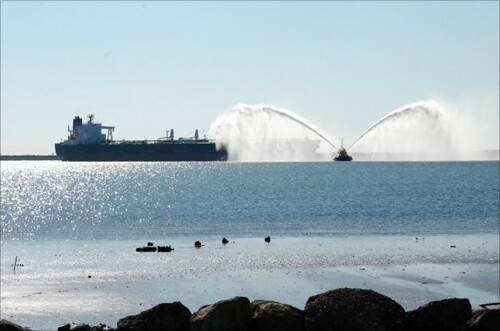





















The tax-exempt muni market has performed "exceptionally well" so far this week, outperforming USTs, said J.P. Morgan strategists led by Peter DeGroot.
The Trump administration is requesting information on revitalizing Dulles International Airport, including the possibility of tapping a public-private partnership.
Cintra submitted a proposal calling for four new tolled managed lanes on I-76 that would be structured as a $5 billion, 50-year design-build-finance-operate-maintain P3.
SRI International had its outstanding bonds downgraded to Baa1 because of its exposure to declining federal grants.
C. Christopher Trower was the lead attorney before the Supreme Court in a case that upheld states' rights to preferential tax treatment of their own bonds.
FINRA found that the firm failed to include the non-transaction-based compensation indicator when reporting 12,066 municipal securities transactions.